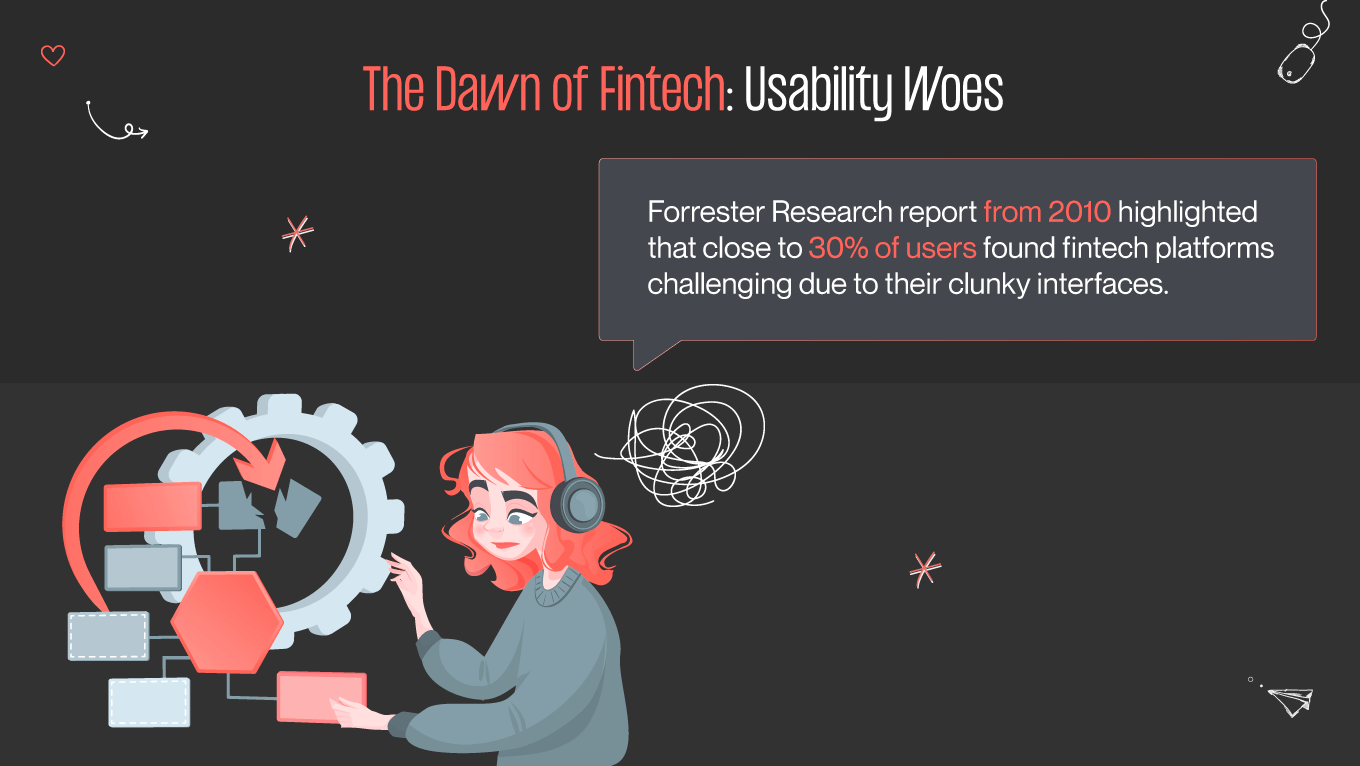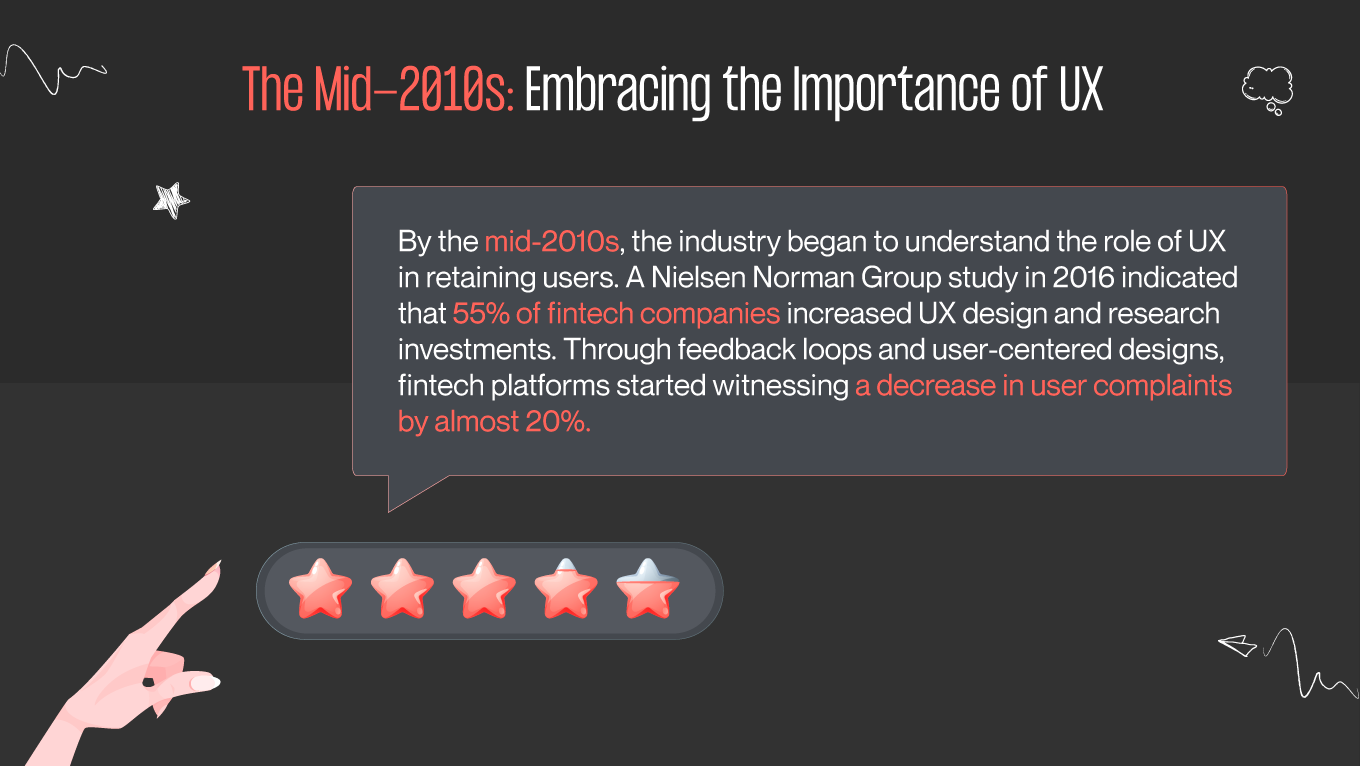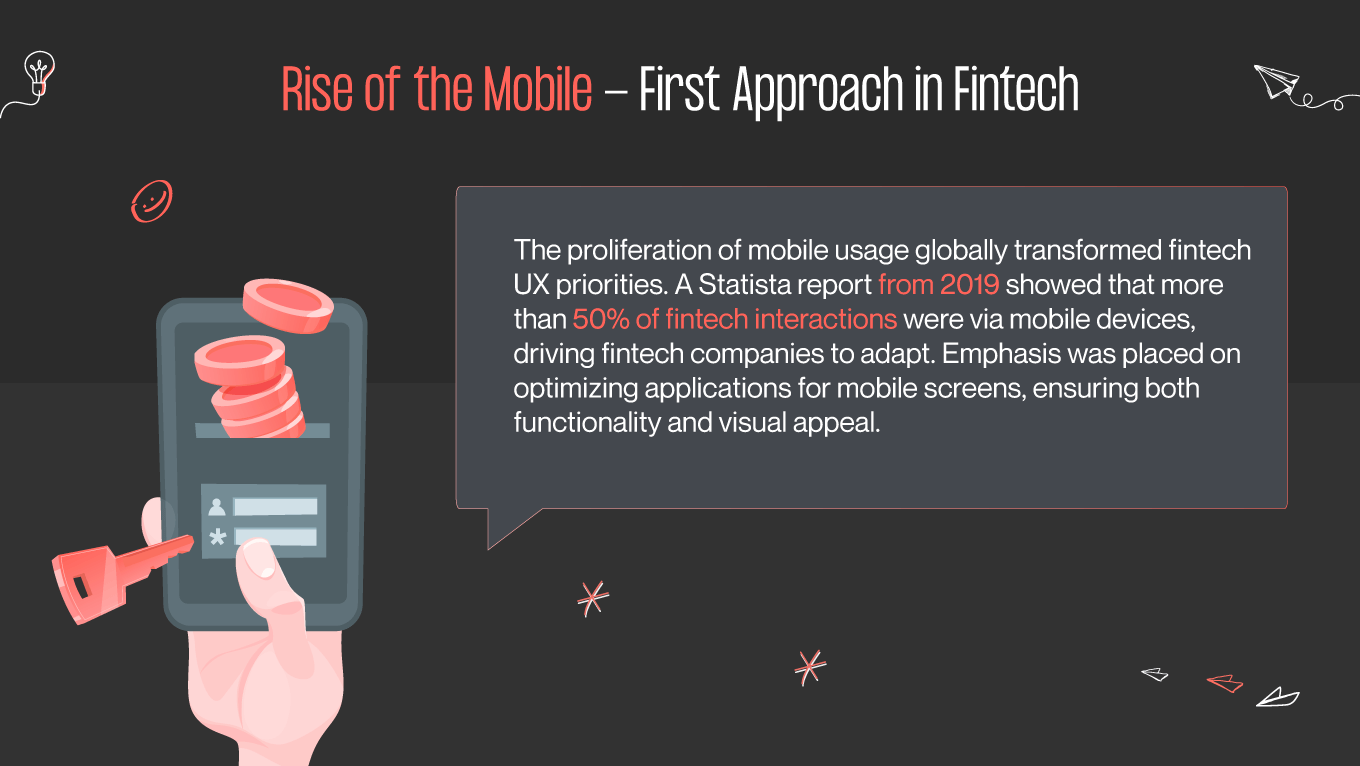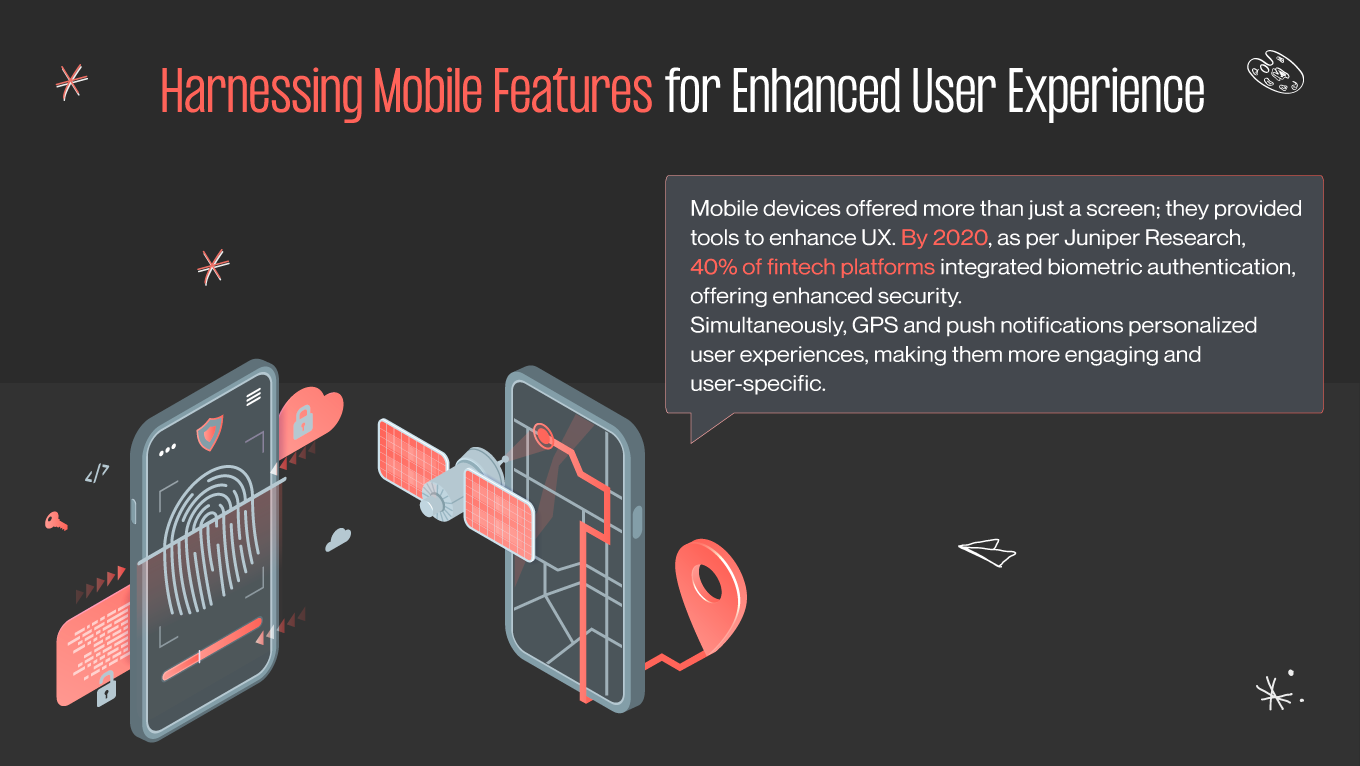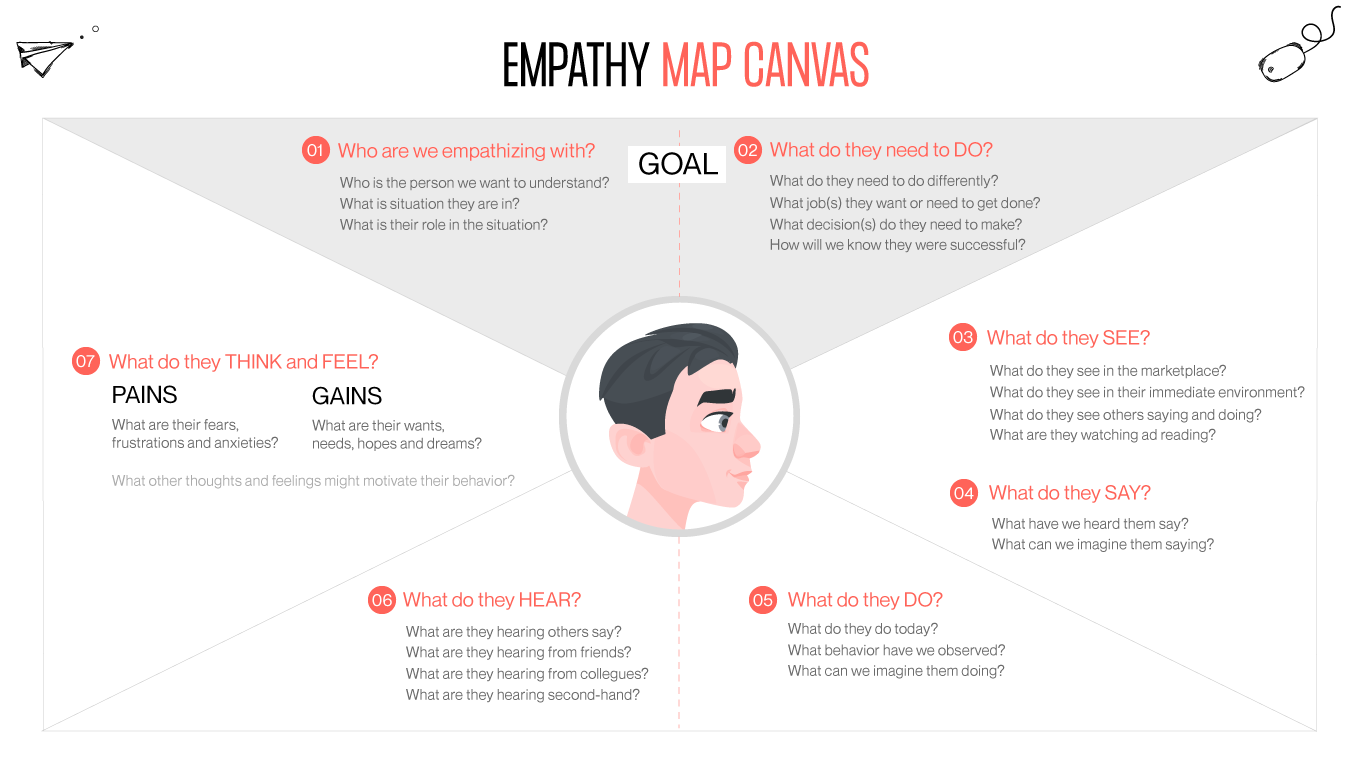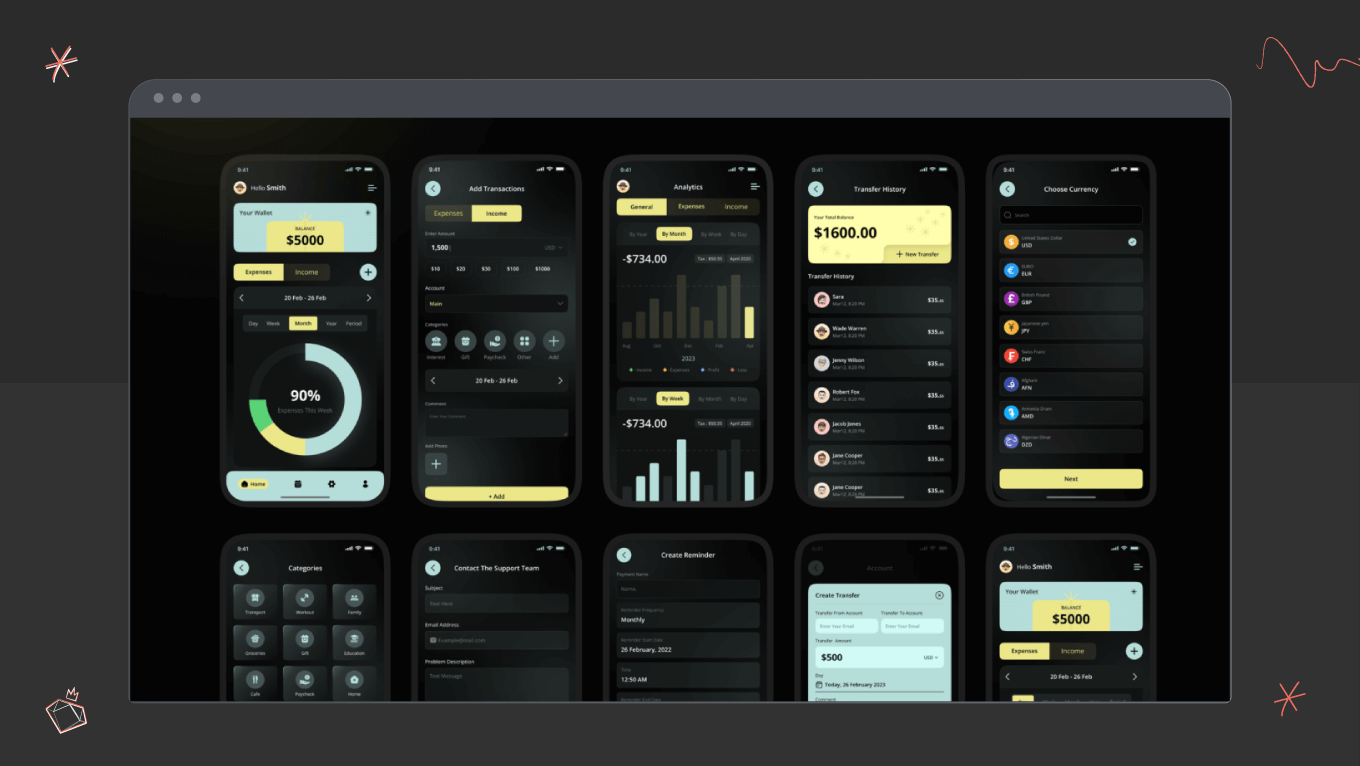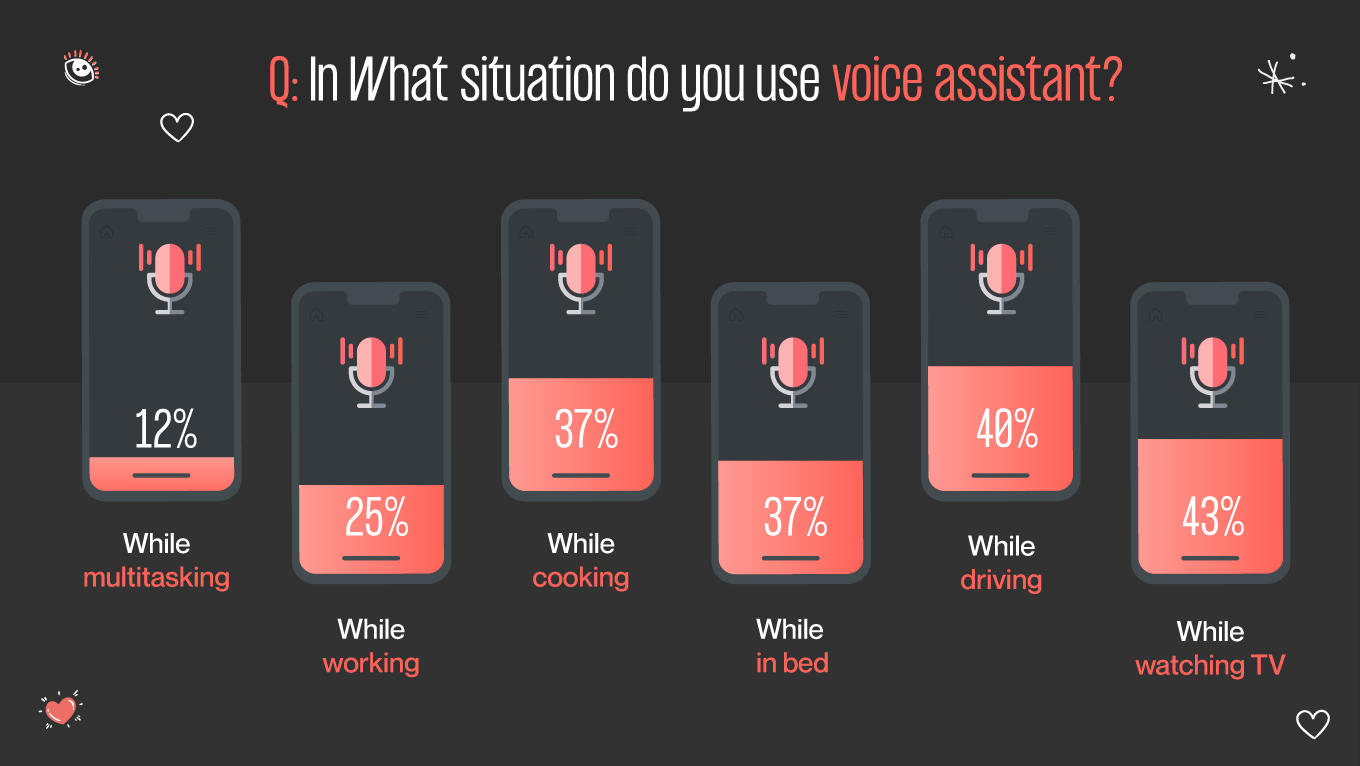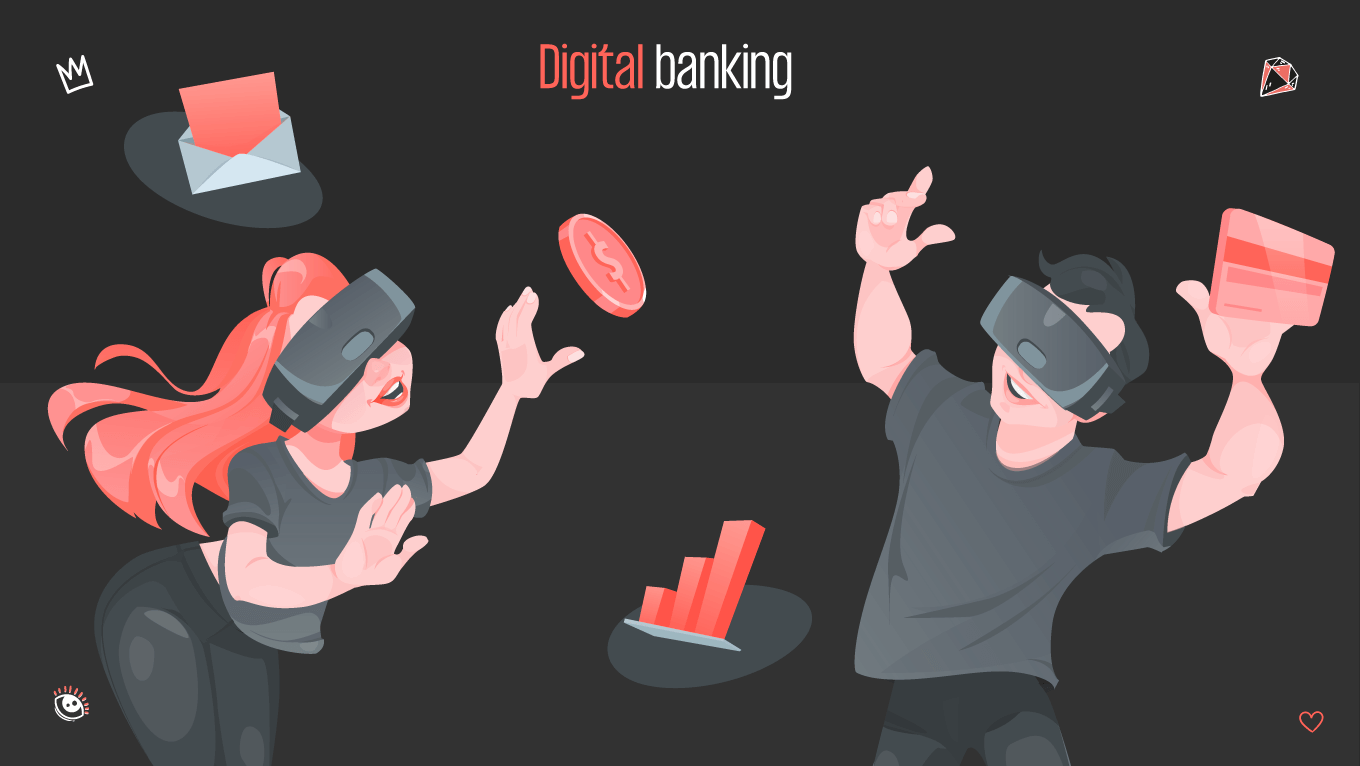In today's digital age, user experience design plays a crucial role in the success of any fintech company. As technology continues to evolve, so do the expectations of users. In this article, we will explore the current fintech UX trends, take a historical perspective, examine successful case studies, and make predictions about future fintech design trends.


